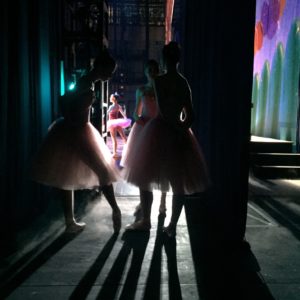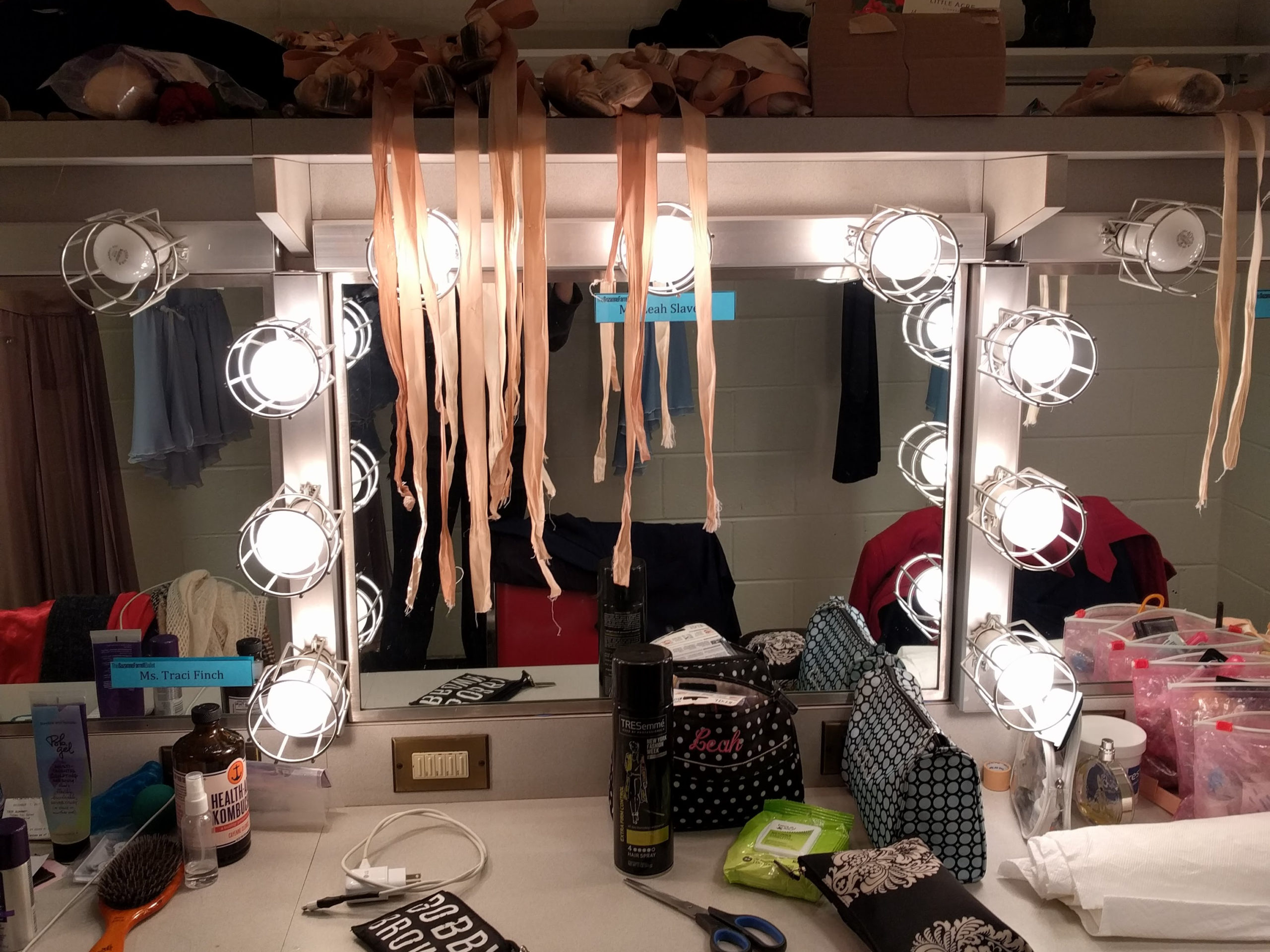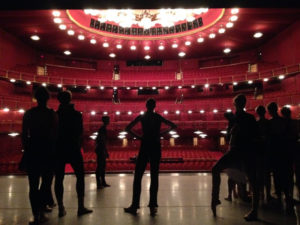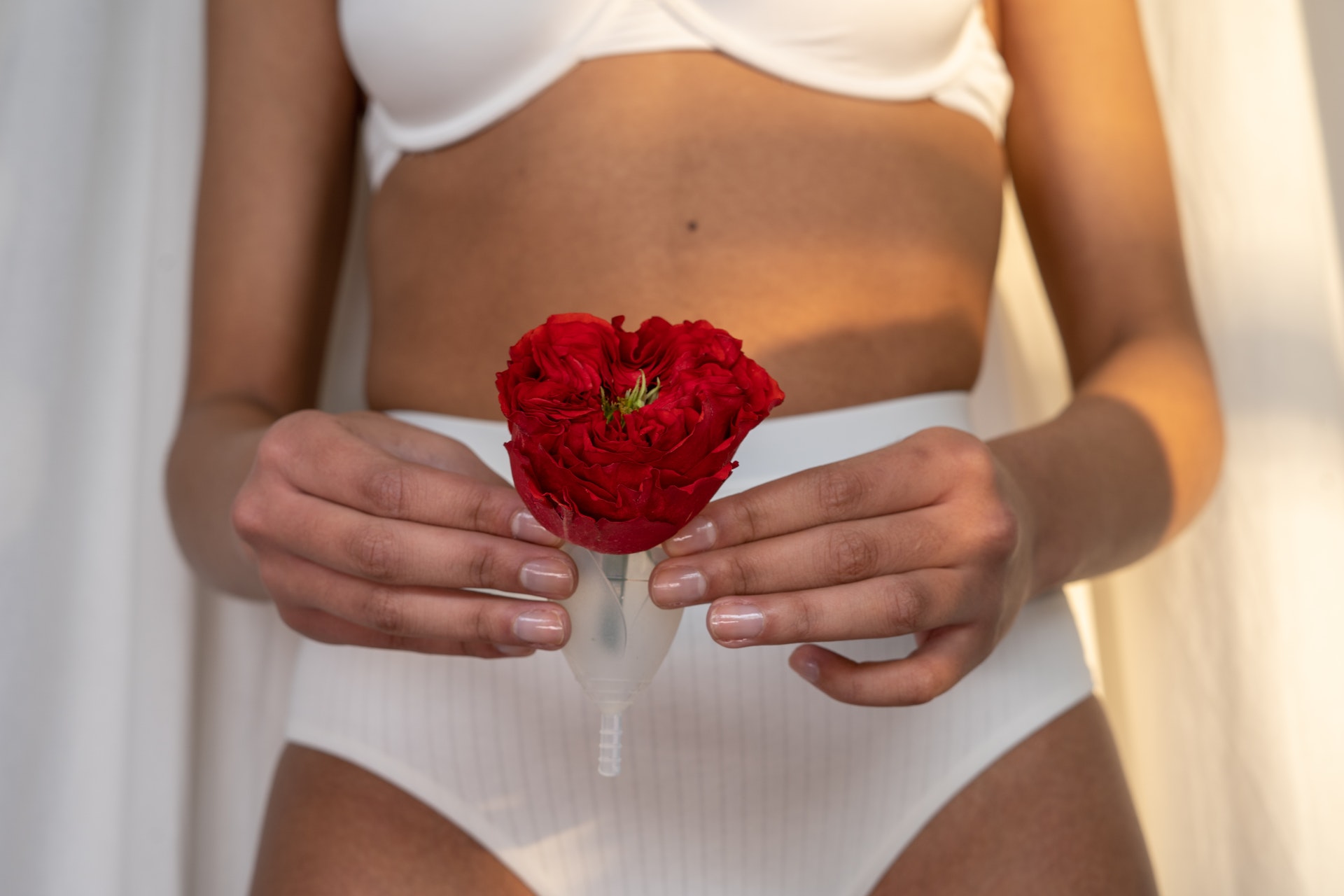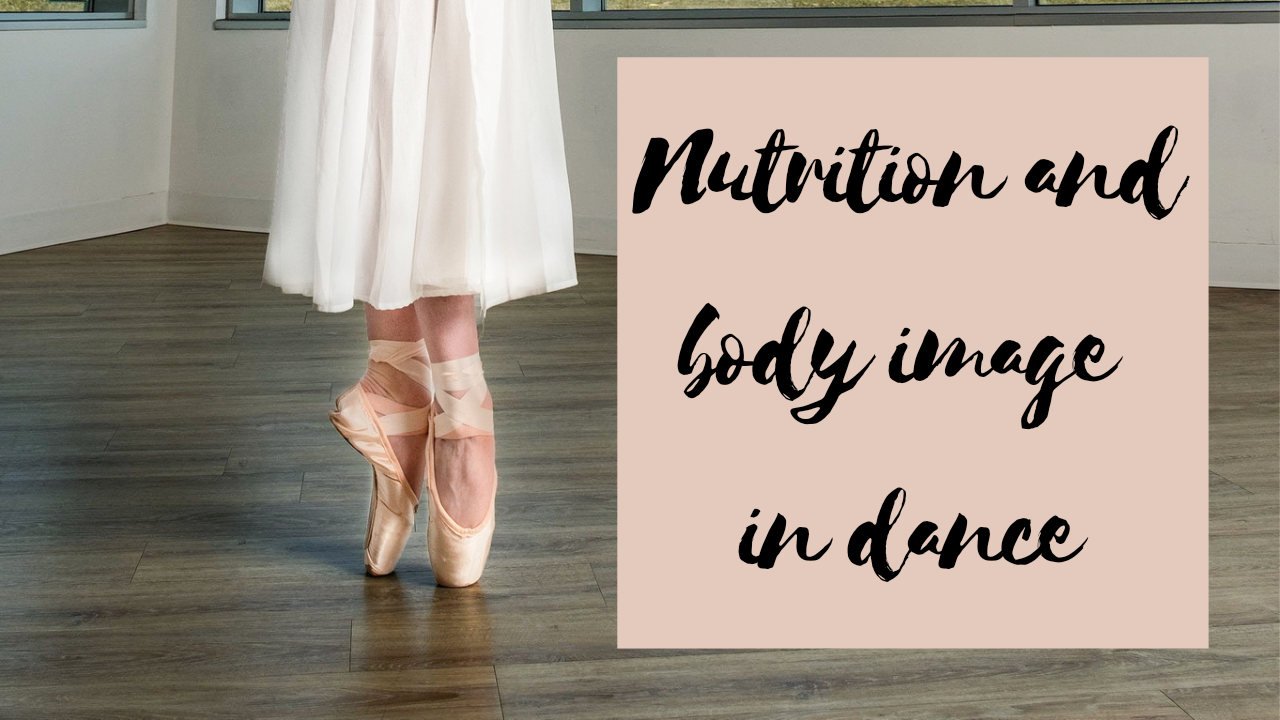This post is in collaboration with Deos Contemporary Ballet, to get tickets to Collide, August 3-7 2021, please visit here.
Every dancer has a ritual. There is something so comforting about the methodical task of getting performance ready. No matter the season, the company, the repertoire, or the venue, my pre performance rituals are a staple.
For me, it is just as important to focus on my mind as well as my physical body before a performance. So, let me take you through how I get performance ready!
The night before
Getting ready for a performance starts the night before. Months go into rehearsing, training, and taking care of my body and mind to get me ready for the stage. By the time the performance weekend comes around, I know I have put in the time and effort to dance my best. The night before a performance involves nourishing my body, relaxing, and preparing my body for the next day. I always have a large, satisfying dinner that is filled with complex carbohydrates, protein, fat, and veggies. Dessert is also a necessity for me to finish the day, so I will enjoy some chocolate or ice cream.
I roll out my muscles, ice any body part that is achy, and I take a relaxing bath with epsom salt to help my body and mind relax. I leave any choreography and corrections for the theater. My goal is to disconnect and give myself a break! After a relazing evening I head to bed early so I feel refreshed and ready for the next day.
The morning of
The next morning, I make sure to have a big breakfast. During a performance day, it is often hard to eat big meals. I make sure to have a big breakfast and dinner with a light lunch and plenty of snacks for the whole day. I try to have a quiet and calm morning before the long and often exhausting day ahead.
Before heading to the theater, I will take a hot shower, roll out my muscles, and do some light stretching. My theater bag is already packed and at the theater. All I need is to grab fresh warm ups, snacks, my water bottle, and anything else I will need for the day. I never like feeling rushed on a performance day, so I usually get to the theater about a half hour before class. I give myself plenty of time to change, put my hair up, and work on some mobility exercises to get ready for the long dance day. As a treat to sip on before the performance, I bring a matcha latte or chai latte with me to the theater as a dose of comfort and caffeine.
In the theater
During class, I focus on my breath, placement, and movement. Our bodies feel different every day, so I make a mental note of any choreography I want to try after class or if any particular area of my body needs extra stretching or care. I make sure my body is completely warm and that I feel stable and strong. After class, I usually go through any choreography I need to on stage and I talk with anyone I’m partnering with for the show to see if there is anything we need to walk through together.
Heading into the dressing room to get performance ready, I make sure I have all of my warm ups on and a heating pad or blanket with me to stay warm. I prefer to do my makeup and performance hair after class so that I don’t need to worry about accidentally rubbing makeup off or messing up my hair while I’m warming up. To me, this is the time where I completely zone in. My headphones are in as I methodically fix my hair. I take a second to have a snack like an apple and peanut butter or trail mix so that I have energy for the show. After washing my face, I put on my makeup and add any finishing touches.
Before the show
About a half hour before the show, I make sure I have my costumes and shoes lined up and ready. I will usually do a few exercises to make sure my body is warm again before I slip into my costume. As I head backstage, I find a corner where I can visualize the choreography while I mark the movement. I calmly go through the choreography and then promptly leave it to my body to do it on stage. I take a few moments to close my eyes, breathe deeply, and steady my heart rate. When I am calm, I am able to be so much more present onstage and just enjoy dancing.
After what is hopefully an amazing performance, it’s time to pack up and get ready to do it all again the next day. I make any mental notes of any bits of choreography I want to think about or try tomorrow. In the dressing room, I quickly change into street clothing and I take off my makeup and take down my hair. I like to leave the theater as “normal” as possible. When I get home, I go through my night time routine before the following day.
I am someone who thrives on having a routine. What I do on a show day helps me to physically and mentally prepare for a performance. What is a part of your performance routine? Let me know in the comments below!
